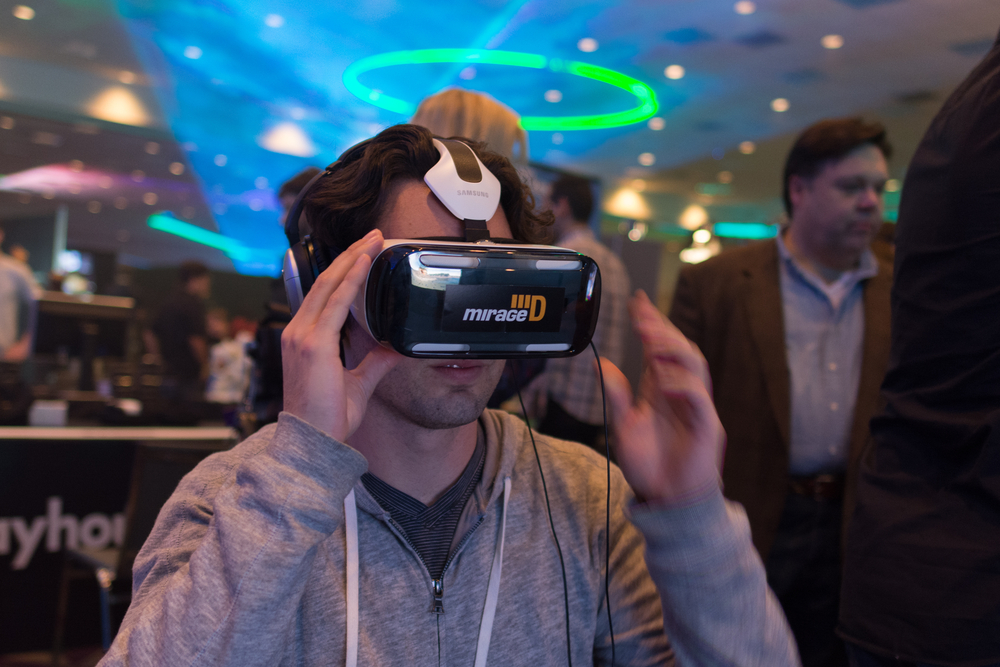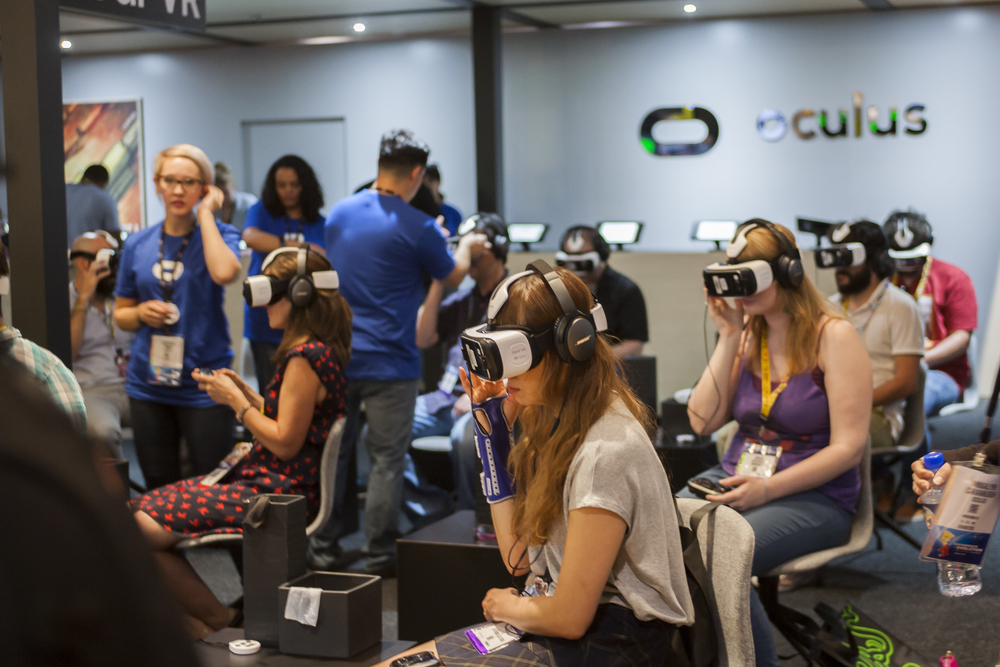Virtual reality: The view from everywhere, or the view from nowhere?
Will the winners in the VR space be those who produce great kit, deliver compelling content or build socially-supported ecosystems? Expect more losers than winners in the short term. Virtual reality is here now.
With Oculus Rift, HTC Vive and Samsung’s Gear VR in market and PlayStation VR taking pre-orders for its expected October launch, techies and stock market analysts alike are watching the virtual reality space with interest.
As researchers who’ve worked with VR hardware, software and content clients in the last few months, we’ve been exposed to very different potential business models. And, of course, we’ve had the added advantage of hearing the consumer voice too.

The research challenge of VR
Introducing new concepts to consumers is often tricky. Another focus group: another close-in line extension, improbable innovation or hard-to-explain financial services product. Clients are used to cringing behind the one-way mirror as their much-loved project is misunderstood and maligned by the man or woman on the street.
No so virtual reality. As consumers pull on VR headsets and get introduced to a whole new vista, we witness the effects of – literally – mind-blowing technology as it’s experienced for the first time. Watching consumers enter the VR world seems to define the challenge in simple marketing terms: get consumers to try, and they will buy.
Not so fast. For as much as we have to coax regular respondents past their lack of interest in the typical concept board, we need to aim off for an experience which has instant impact, but where longer term use and relevance is less clear. A product that’s great for the first few minutes makes headlines, but doesn’t necessarily build long term revenues. Getting respondents to live with products for a few days, or speaking to them a week or so after their initial immersion gets us a more rounded view of both the technology and what impact it can have on people’s lives.

Application in gaming and social media are constrained
So much for the research effects, what else have we learned? First, that average consumers still find it hard to see a place for VR in their day-to-day lives. For most, it doesn’t meet an existing need, or fix a pressing problem. VR’s best bet is to enhance existing experiences. So content, as always, is critical.
An obvious place to enrich current behaviour is gaming, but here too there are challenges. Hard-core gamers are already highly engaged in a behaviour that’s all-consuming and immersive. If VR is to deliver significant incremental benefits, gamers have their sights set high: multi-sensory devices that deliver more than an enhanced visual experience. The VR arms race will be defined by those most engaged also being those most technically demanding.
Where else can VR supplement existing activities? With 360° cameras making an appearance, consumer-generated media is worth a mention. With mass adoption, a social application of VR could be a game-changer. But success will require overcoming today’s reality: low penetration will significantly undermine user relevance in the short to medium term. We expect this to be a slow burn too.
Will VR technology and its applications play a big part in our longer term future? Undoubtedly. Will the current crop of products signal the tipping point of mass adoption? Probably not.



